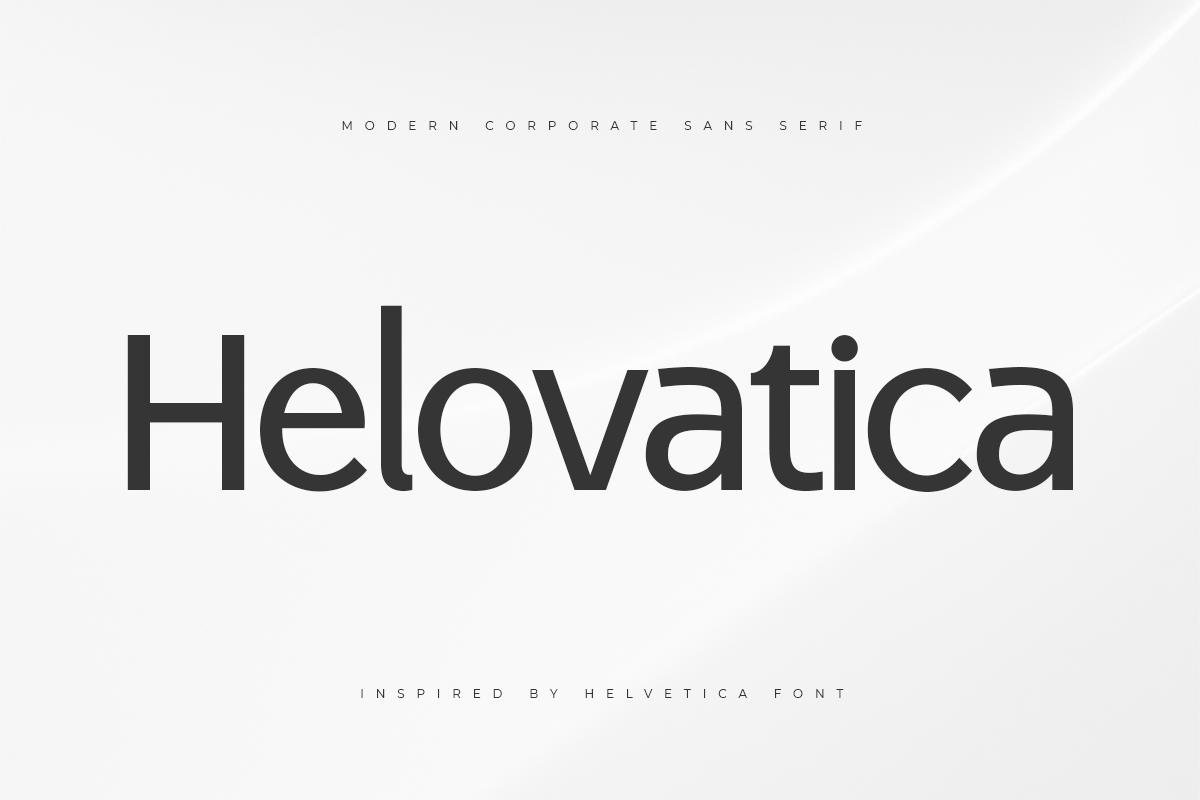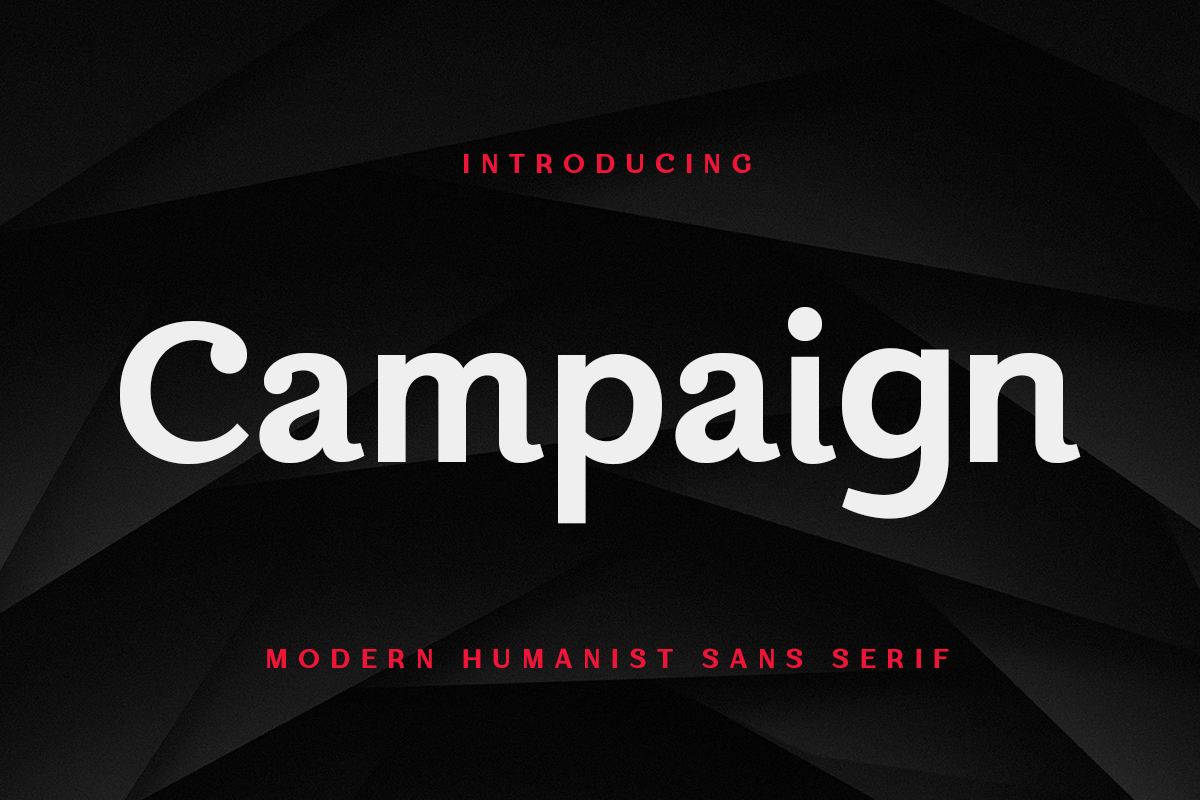Typography has become an essential aspect of visual communication in the digital era. It’s not just about choosing the right color palette or images; typography plays a crucial role in making your message more effective and memorable. The choice of font can influence how your message is received, and Sans Serif fonts are becoming increasingly popular due to their versatility, clarity, and modern feel. In this article, we’ll explore why Sans Serif fonts are the future of typography.
What are Sans Serif Fonts?
A font is a set of characters that share a common design style. Sans Serif fonts are a type of font that do not have the small lines or flourishes at the ends of letters, known as “serifs.” They are known for their clean, modern look and simplicity.

The History of Sans Serif
The history of Sans Serif fonts dates back to the early 19th century when it was used for advertising purposes.
The first commercially successful Sans Serif font was created in 1816 by a Scottish typefounder named William Caslon IV. In the early 20th century, Sans Serif fonts gained popularity among modernist designers who favored the simplicity and legibility of these fonts.
The Rise of Sans Serif Fonts in Digital Communication
As technology advanced and digital communication became more prevalent, Sans Serif gained even more popularity. The clean, simple lines of Sans Serif make them easy to read on screens of all sizes and resolutions. With the rise of mobile devices and smaller screens, the legibility and clarity of Sans Serif fonts have become even more crucial.
Discover the Benefits of Using a Sans Serif Typeface:
Clarity and Readability
One of the primary benefits of Sans Serif fonts is their clarity and readability. The lack of serifs makes them easier to read on screens, particularly at smaller sizes. The clean lines and simple shapes of Sans Serif also make them more legible at a distance, making them a popular choice for signage and other applications where visibility is essential.
Versatility and Flexibility
Sans Serif are incredibly versatile and can be used in a wide range of design applications. They are suitable for a variety of styles, from minimalistic and modern to bold and dramatic. Additionally, Sans Serif fonts are available in a wide range of weights and styles, allowing designers to create a cohesive visual language across multiple applications.
Grotesque Sans Serif Fonts
Grotesque fonts emerged in the early 20th century and feature a slight contrast between thin and thick strokes. They often have a distinctive “bowl and loop” design on the lowercase “g.” Although they are an older style of sans serif, contemporary grotesque fonts are still widely used. Examples of grotesque fonts include News Gothic and Franklin Gothic.
Neo-Grotesque Sans Serif Fonts
Neo-grotesque fonts are a refined version of grotesque fonts, with even more decoration stripped away to create a plain and minimalist typeface. Helvetica and Arial are some of the most popular fonts in this category. Other examples of neo-grotesque fonts include Proxima Nova and Roboto.
Geometric Sans Serif Fonts
Geometric sans serif are influenced by geometry, featuring straight lines, circular bowls, and uniform stroke thickness. They are often bold and impactful, but may not be suitable for long-form body copy. Futura is a well-known example of a geometric font, while other examples include Avenir and Montserrat.
Humanist Sans Serif Fonts
Humanist fonts have an organic feel, making them more natural and approachable than other sans serif. They are highly legible, making them a great choice for body text and headlines. Gill Sans, Verdana, and Open Sans are popular humanist fonts. Other examples of humanist fonts include Myriad and Calibri.
Popular Sans Serif Font
While these fonts are popular and recognizable, designers may want to use other, lesser-known sans serif to create more unique designs.
In conclusion, sans serif come in a variety of styles and categories, each with its own unique features and design elements. Whether you prefer the clean lines of neo-grotesque fonts or the organic feel of humanist fonts, there are plenty of options to choose from. To find more great examples of sans serif, check out Sensatype Studio.
Tags: Font





















